The advent of 6 TB HDDs, especially the helium filled 8 TB ones tells us that HDDs are here to stay no matter what – as their Cost per GB are still incomparable to any SSDs regardless of generation or type of NAND Flash used. Truth be told that not everyone could afford an SSD, as mentioned in this guide by cliffyB and with capacity requirement still the king over performance, HDDs are undoubtedly here to stay for many years to come.
Now with wide selection of HDDs, it seems a bit confusing as to what capacity and performance bracket you require to finish the task at hand. Surely, HDDs are used to store and retrieve data, but there is more to it and picking the best possible mechanical drive should be a concern for everyone. A good analogy to explain this would be the the many type of tires available on most vehicles. If you are expecting a run on the track, then you should use a performance tire for the best possible grip. But if you’re expecting to go on a trip with a little bit of off-roading here and there, then you should be prepared to use an all terrain tire for the best possible outcome. On this small article, we will discuss the differences between WD’s color coded HDDs – mainly the Blue, Black, Red, Purple, and the Gold (unofficial) Data Center Drives. There are many, but they are not that hard to comprehend.
WD Blue HDD
“Solid performance and reliability for everyday computing.” is the name of the game for the WD Blue HDDs. They are what you can call the “all season tires” of the WD HDD family due to their general performance, price, and reliability. The WD Blue boasts capacities ranging from 250 GB, 500 GB, 1 TB, and even 6 TB models with 5400 RPM for the higher capacity models and 7200 RPM for select entry to mid-range models.
These drives are recommended for general use, and provides great pricing per GB compared to other drives. This makes the Blue great for storing just about anything especially for desktop PCs where the balance between performance and pricing are important. Make no mistake though, as these drives could boast extra performance and reliability via basic consumer RAID 1 and RAID 0 configurations.
WD Black HDD
If you favor performance over better price per GB ratio, then the WD Black is the drive for you. This family of high performance HDDs are suitable for gamers, creatives, and enthusiasts. The drive starts at 1 TB of capacity, going all the way up to 5 TB and 6 TB models. These drives also features larger cache compared to the Blues with 64 – 128 MB cache.
Performance comes with responsibility, or should I say extra noise and warmer operation. This could be easily remedied with a capable enclosure with good enough airflow, and sound dampening. Suffice to say those are expected to be provided by the power users. Ultimately, the WD Black family features 5 years of warranty.
WD Red and Red PRO
The WD Red is built specifically for one purpose and one purpose alone – and that’s all about slotting it inside a NAS or Network Assisted Storage. This drive is fully compatible with the majority of NAS systems or bay systems out there. Something that the other WD drives only wished they could provide. Since NAS is also about capacity, the WD Red family features a minimum of 750 GB capacity model, with good increments up to the 8 TB version. Basic and intermediate RAID configuration is also supported, with 24/7 reliability under NAS conditions.
Now bear in mind that the Red family excels more into the read performance, rather than balancing things out for both read and write. This is to ensure that it will feature optimal NAS capabilities. After all, you store data, movies, images or anything you could think of into it, and have it conveniently accessed on the network where multiple systems might require to access the NAS at the same time.
WD Purple and Purple NV
The WD Purple family is built specifically to take the job of a surveillance catered drive. Meaning, it should withstand the test of time by operating 24/7 round the clock, able to withstand the surveillance environment which is totally not ideal for any drives depending on location, and basically, write and write and write data most of the time.
If the Red is all about read, then the Purple is all about the write. Thus, WD made sure that errors in saving the recording videos or footages are minimized with their AllFrame technology. Basically, it minimizes the frames lost – which is beneficial in situations where frame by frame analysis is important. The WD Purple family is available in wide configurations starting from 500 GB up to 8 TB of capacity with a maximum of 32 cameras per drive. The Purple NV, which supports more than 32 cameras, has a limited capacity range from 4 to 6 TB but supports larger bay configurations. Both the WD Purple and Purple NV features a 3 year warranty. Price is of course higher than your general drive.
WD DataCenter Re Se and Ae
The WD Datacenter HDD family are, simply put the drives that caters for the enterprise solutions. These drives are available in 3 sub families with the WD Re being the fastest, while the WD Se goes for the middle ground between performance, and cost effectiveness in the series. The WD Ae however, are optimized for cold storage – meaning that those drives are specifically for archiving purposes. While it’s not officially stated by WD, Gold should be the denominating color of these Datacenter drives.
Make no mistake though, as these drives features the most sophisticated WD features. For example, the WD Re could handle 550 TB per year of data, with 2 million hours MTBF (Mean Time Between Failures). The drive also features StableTrac™ technology, Multi-axis shock sensor, and Dynamic fly height technology for the read and write head. Basically, these drives features the most advanced WD technologies to date.
Other WD Drives
WD also offers drives specifically for A/V streamers, along with a few SSHDs and the 10, 000 RPM WD VelociRaptors. They are not marketed, or exposed equally like the other families of WD HDDs, but it doesn’t mean that they are inferior to the main drives at the spotlight since they are purpose built like the said drives as well. For example, the WD SSHD which is in fact a sub family of the WD Blues, are suitable for notebooks with a single drive bay – meeting the performance and capacity requirements of such devices.
Now if you’re wondering why we decided to exclude the WD Green, it is worth noting that these family of drives has been absorbed by the WD Blue family. By doing so, WD could streamline their portfolio and simplify the process of drive selection by their consumers. Power efficiency margins are getting thinner and thinner through the years too if we’re to compare the WD Green and the WD Blue’s power efficiency.
Final Thoughts
Performance, Capacity, Reliability, and Purpose defines what storage drives you really need to get the job done – and WD got you covered with anything that you require – be it for gaming, network assisted storage, surveillance, and even data center applications. All under one banner with easy to differentiate purposes via color coding.
TL;DR – Blues are for general purpose storage, Blacks are for gaming, content creation, and enthusiasts, Reds are for NAS, Purple is for surveillance, and Gold (unofficial) are for industry movers with data center applications in mind. Each and everyone of them fits a key to a slightly different door, and picking the best one is always better than using a lock pick at all. To learn more about the WD HDDs, visit this link for more details.
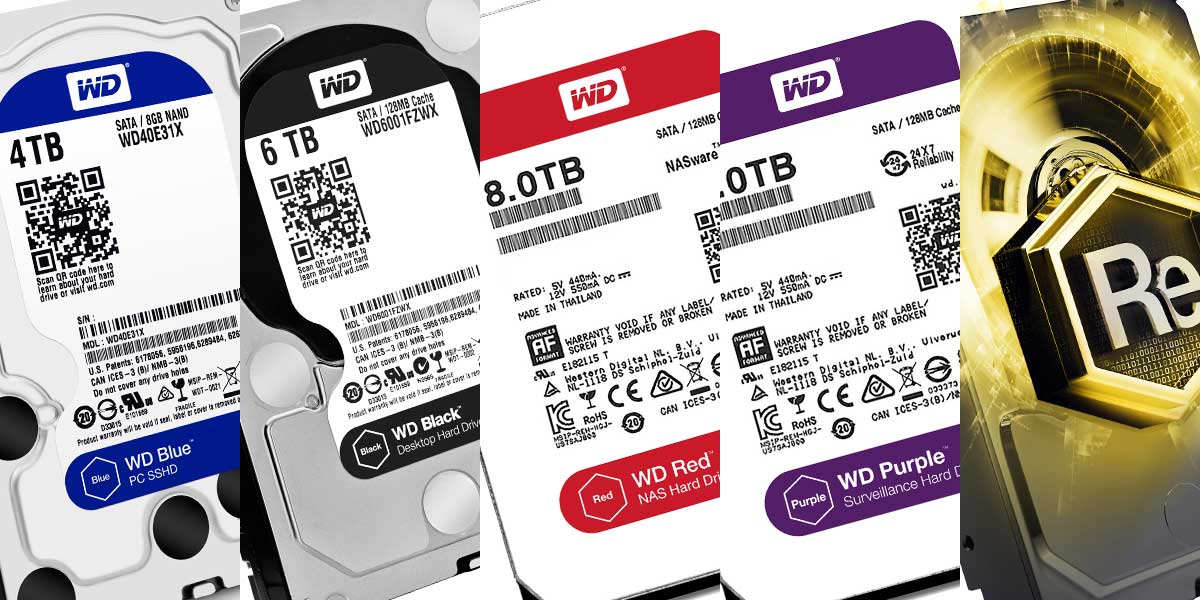
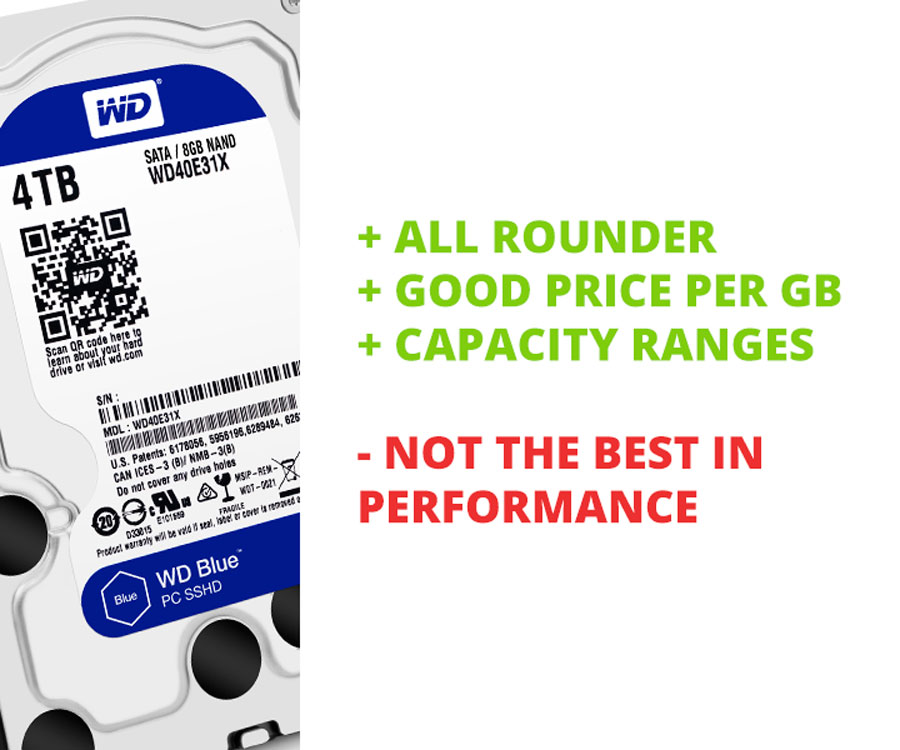
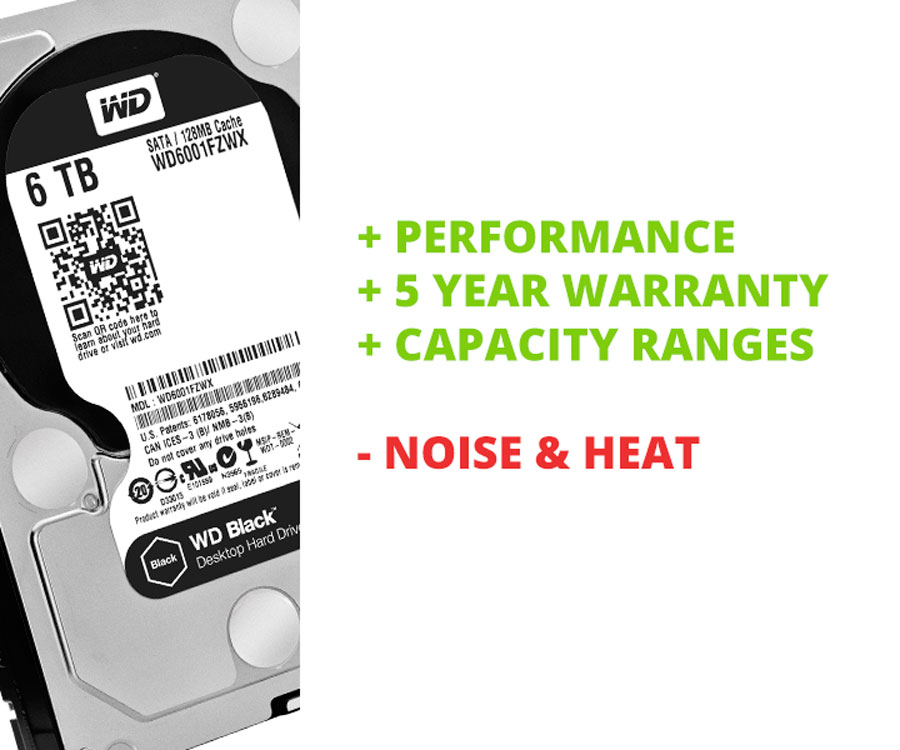
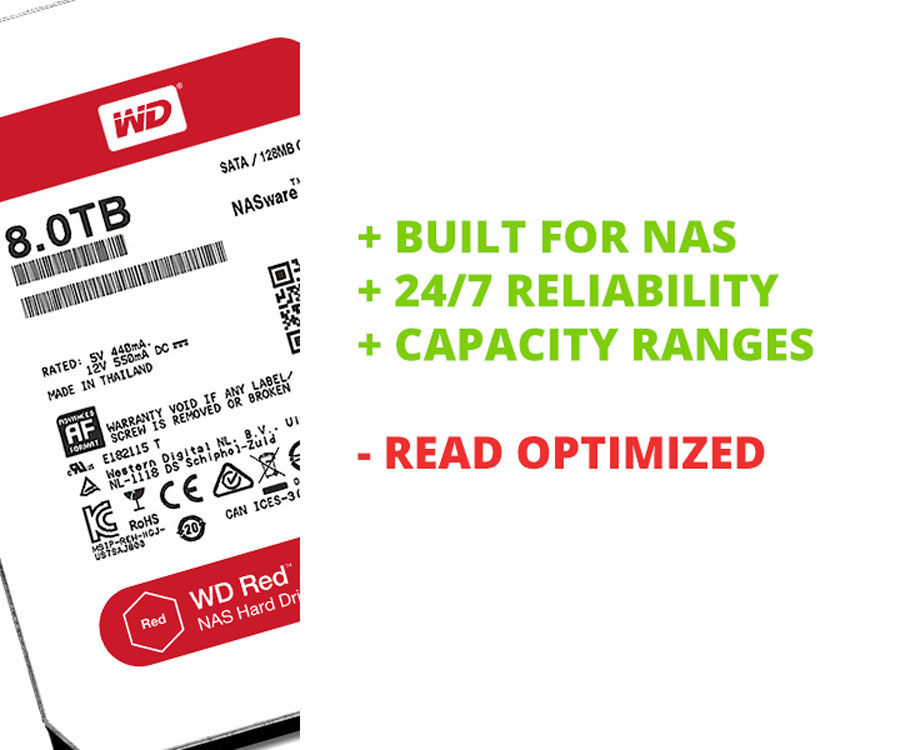
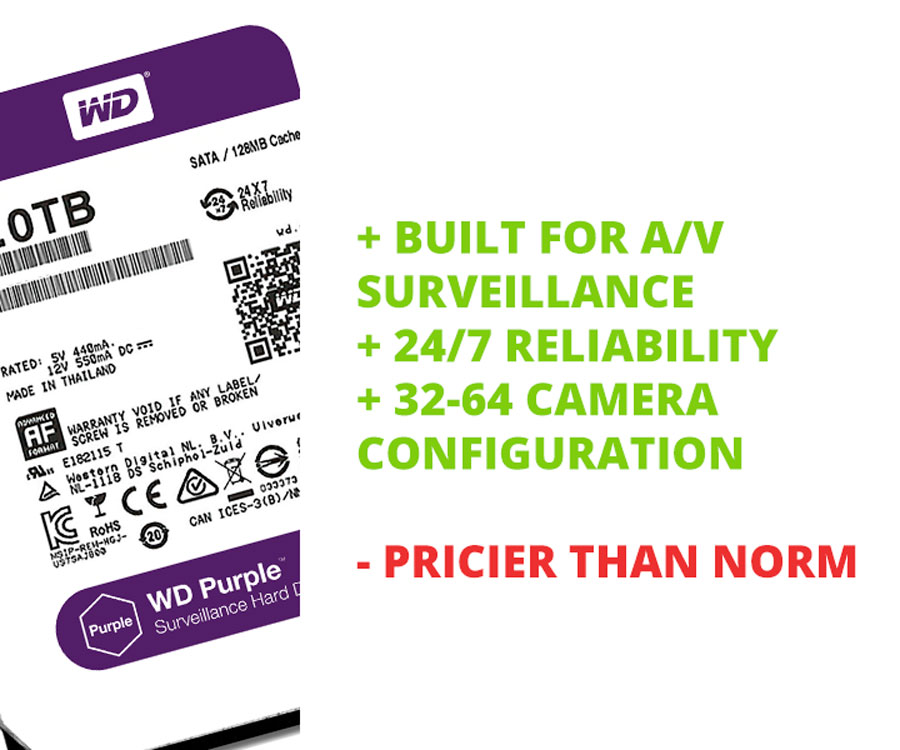


what about the green color?
Green has been absorbed by the Blues. WD had to remove some from the palette to make things easier to be understood. It’s bound to happen and it just did.
Green may have been absorbed by blue but you can still buy them. I have 2 WD Green drives that I use to store photos and video. You probably wouldn’t want to use one as your primary drive. They do power down after not being used for a few minutes. When powered down, it will take a few seconds before you can access them. This suits me fine since I don’t need them spinning constantly. When the drive isn’t spinning, it isn’t wearing out. It saves you a few cents a year on electric bills too.
From Western Digital’s site:
GREEN
• Lowest power consumption in
the industry
thanks for your info sir..
Thank you for your insightful explanation regarding the WD colors.
thank you for the info.
NAS – – that would be Network ATACHED Storage, not network assisted storage.
Thanks for simple narration on a useful information